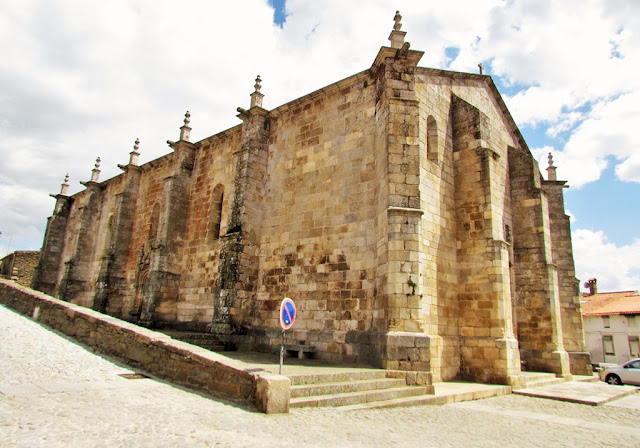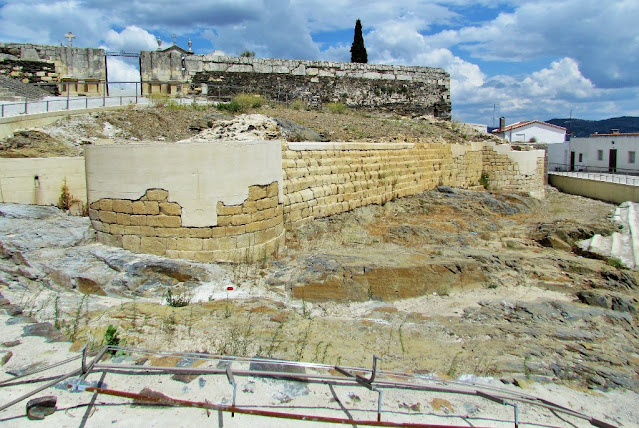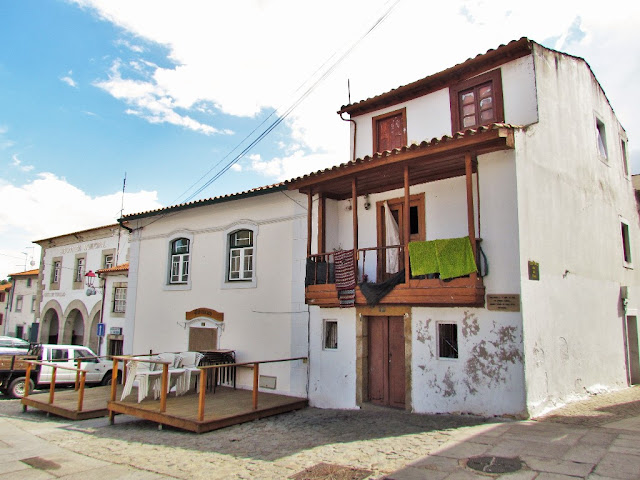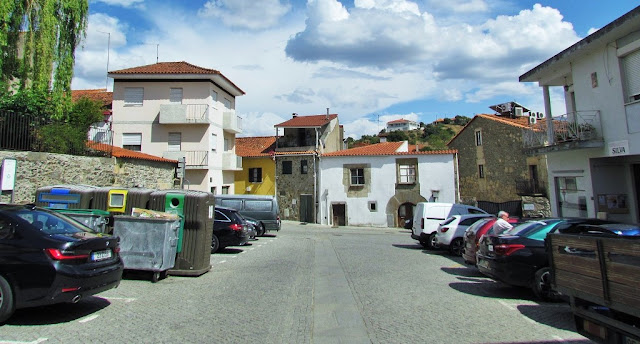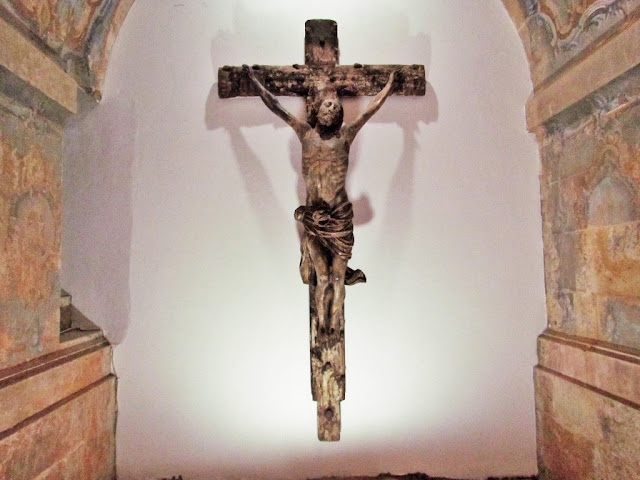FREIXO DE ESPADA À CINTA
41° 5′ 28″ N; 6° 48′ 28″ W
It is the seat of the Municipality of Freixo de Espada à Cinta, which has a total area of 244.14 km2, 3,215 inhabitants in 2021 and a population density of 13 inhabitants per km2, subdivided into 4 parishes. The municipality is limited to the north by the municipality of Mogadouro, to the east and south by the Spanish region of Castile and León, to the southwest by Figueira de Castelo Rodrigo and Vila Nova de Foz Côa and to the west and northwest by Torre de Moncorvo.
In the 1930s, historian Reynaldo dos Santos classified Freixo de Espada à Cinta as "the most Manueline town in Portugal", with 101 Manueline frames being inventoried, photographed and catalogued, including shutters and windows.
Administratively, the municipality is divided into 4 civil parishes (freguesias):
Freixo de Espada à Cinta e Mazouco
Lagoaça e Fornos
Ligares
Poiares
All parishes are bathed by the Douro River, which rises in the Serra de Urbión and flows into Porto/Vila Nova de Gaia, and all parishes, partially or totally, are inserted in the International Douro Natural Park.
The Ribeira de Mós, being one of the most important, starts in Mós and flows into the Douro River, crossing the southern parishes (Ligares, Poiares and Freixo).
The only existing dam is the Saucelle Dam, which is being operated by Spain.
The Lagoaça Mountain with 884 meters is the largest in the municipality, belonging to the Serra de Reboredo and Mogadouro, which is in Lagoaça.
The Porrinhela Mountain with 832 meters, belongs to the Serra do Reboredo, being in Mazouco.
Ecoregions/Protected area
Located a few minutes from the urban centre, the Praia Fluvial de Congida is a recreational space, with re-qualified leisure spaces, including bar, suspended esplanade, pool and playground. The tourist complex is also the centre for annual trips along the Douro River, organized by the Sociedade Transfronteiriça Congida-La Barca and supported by the municipal council of Freixo de Espada à Cinta and Ayuntamento de Vilvestre. Within this landscape are several houses, which are part of the Douro International (Portuguese: Moradias do Douro Internacional), which includes ten rustic one-room bungalows, with pool.
History
The village would continue to suffer for many years during the Frontier Wars, namely between 1580 and 1640, as pillaging and destruction of settlements along the border continued between Castile and Portugal. The sacking of Lagoaça and Fornos in 1644 were examples of these events.
On 10 September 1673, brothers of the Order of the Oratory arrived in Freixo, and began to build the Convent of São Filipe Nery, which was the second to be built in Portugal to the invocation of Saint Philip Neri.
Economy
The Chamber of Freixo de Espada à Cinta has supported some weavers and the dissemination of sericulture in some fairs inside and outside the municipality.
Patrimony
Chapel of Senhor da Rua Nova
Pillory of Freixo de Espada à Cinta
Mother Church of Freixo de Espada à Cinta
Castle of Freixo de Espada à Cinta, with heptagonal tower
Cave engravings of Mazouco
Calçada de Alpajares ou Calçada dos Mouros
Alva Castle
Cabeço
How to get
By road access.
EN220
Freixo Station - Carviçais (Moncorvo Tower) - Moncorvo Tower - Pocinho (Vila Nova de Foz Côa)
EN221
Miranda do Douro - Mogadouro - Freixo de Espada à Cinta - Figueira Castelo Rodrigo - Pinhel - Guarda
EN325
IP2 - Torre de Moncorvo - Açoreira (Torre de Moncorvo) - Maçores (Torre de Moncorvo) - Ligares - N221
Transport
Freixo is crossed by the national E.N.221 (Guarda-Pinhel-Figueira de Castelo Rodrigo-Freixo de Espada à Cinta-Miranda do Douro) accessway, which is five kilometres from Saucelle, an important link to the province of Salamanca in Spain. Departing in the morning and ending their circuit at the end of the day (night), the municipality of Freixo has inter-community bus connections to many of the major cities in the region, including Porto, Lisbon, Bragança, Vila Real and Coimbra.
The nearest railway station is now at Pocinho, the terminus of the railway to Oporto via the Douro Valley. The community was formerly served by the Sabor line, a narrow gauge railway which closed in 1988.












































































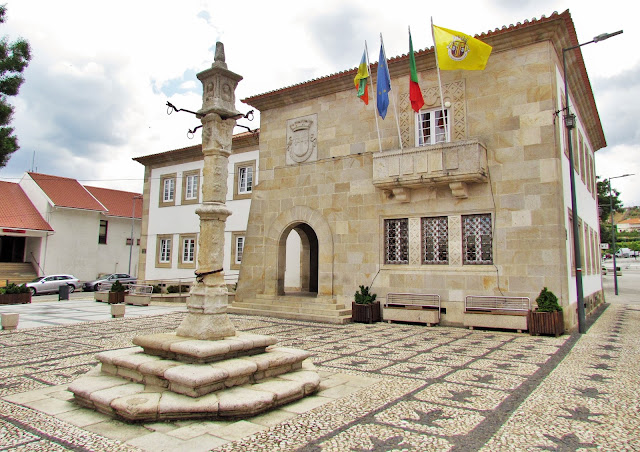






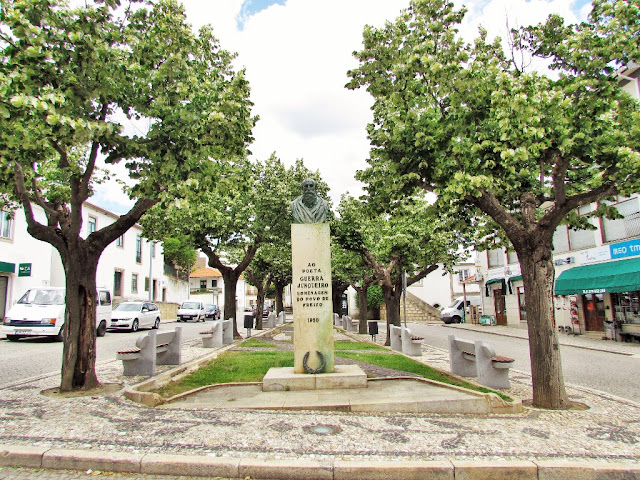























.JPG)














































































